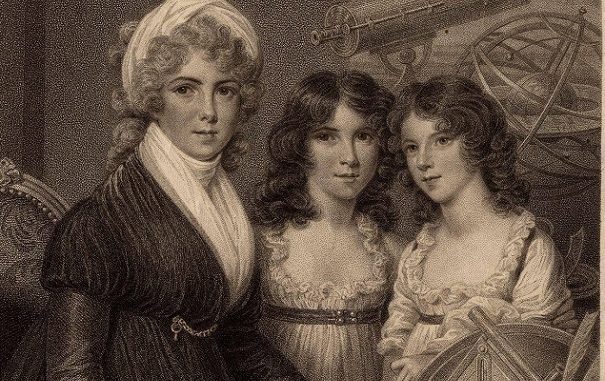
The story that’s always been told about the Margate Caves is that a rich man named Forster built a house on the site and discovered the Caves.
But as it’s International Women’s Day today (March 8), it’s time to set the record straight. From 1791-1799, a lady called Margaret Bryan had a school house on the site. It was known as Bryan House. It was one of at least sixty small boarding schools in the town. A few years earlier, a young JMW Turner had attended one, just a few minutes away in Love Lane.
In 1797, while living in Margate, Bryan published a Compendious System of Astronomy. Bryan was one of the first to teach mathematics and science to girls, and her books continued this work. They earned her a degree of fame, and she moved to Blackheath, publishing Lectures on Natural Philosophy (thirteen lectures on hydrostatics, optics, pneumatics, and acoustics) in 1806 and in 1815, an Astronomical and Geographical Class Book for Schools.
While Bryan’s books were popular, it was Jane Marcet who published the first truly bestselling scientific book for young people in 1806. This is the book Michael Faraday read in 1810, while still working as an apprentice bookbinder. He said “I felt I had got hold of an anchor in chemical knowledge and clung fast to it.”
The book he read was in the form of the dialogue of a series of imaginary scientific lessons. A teacher called Mrs B talks to two pupils, Emily and Caroline. It is now widely accepted that the teacher is based on Margaret Bryan.
Report Dan Thompson

